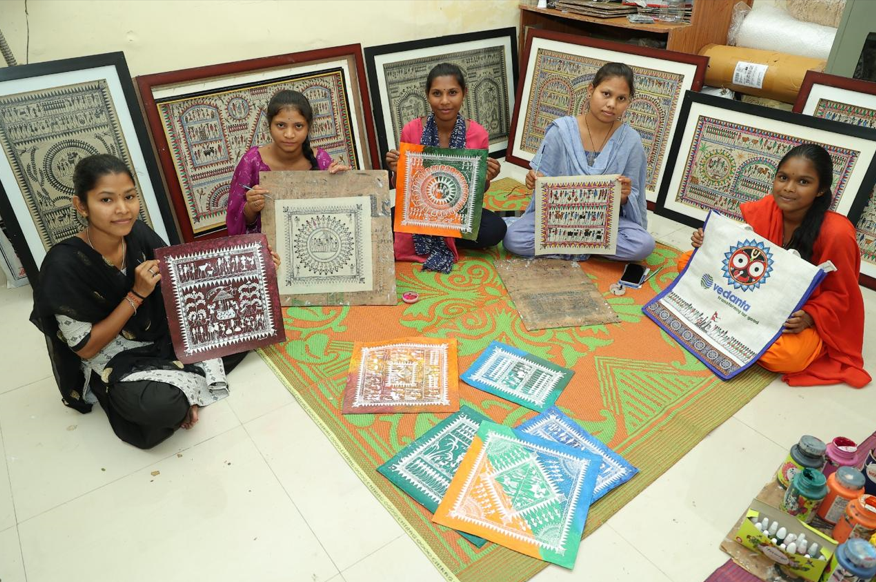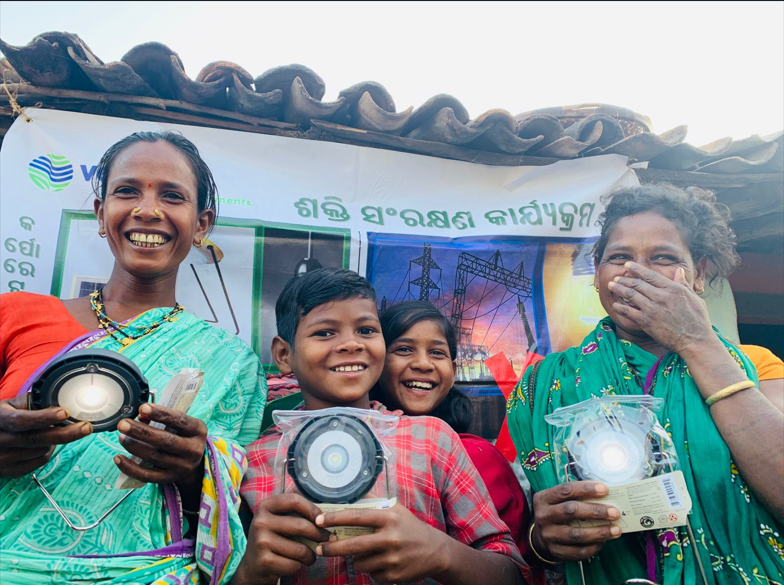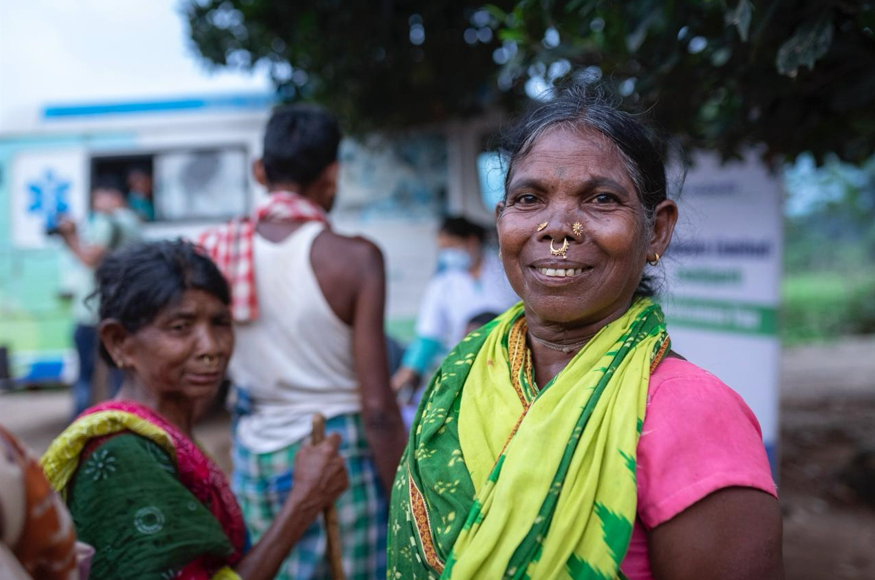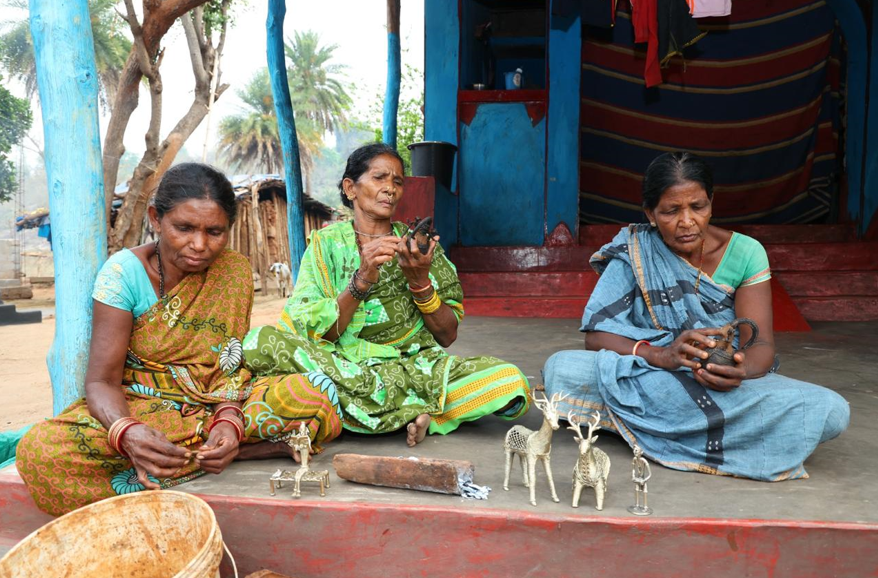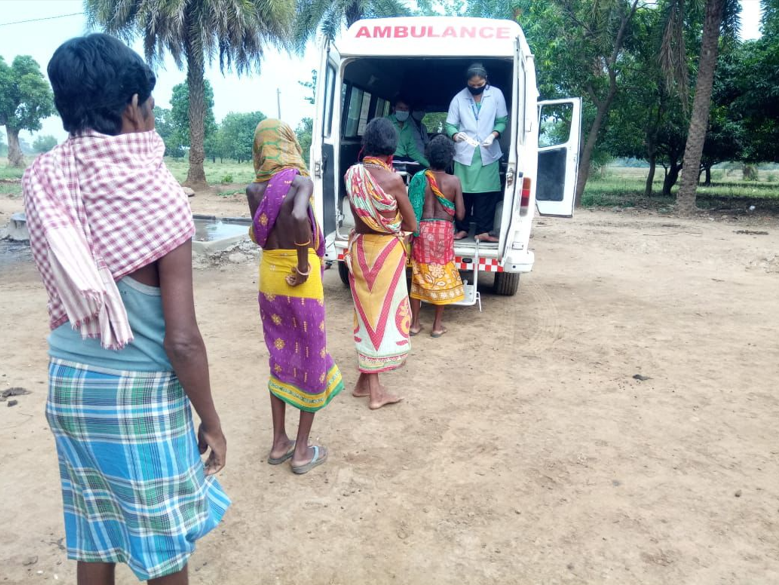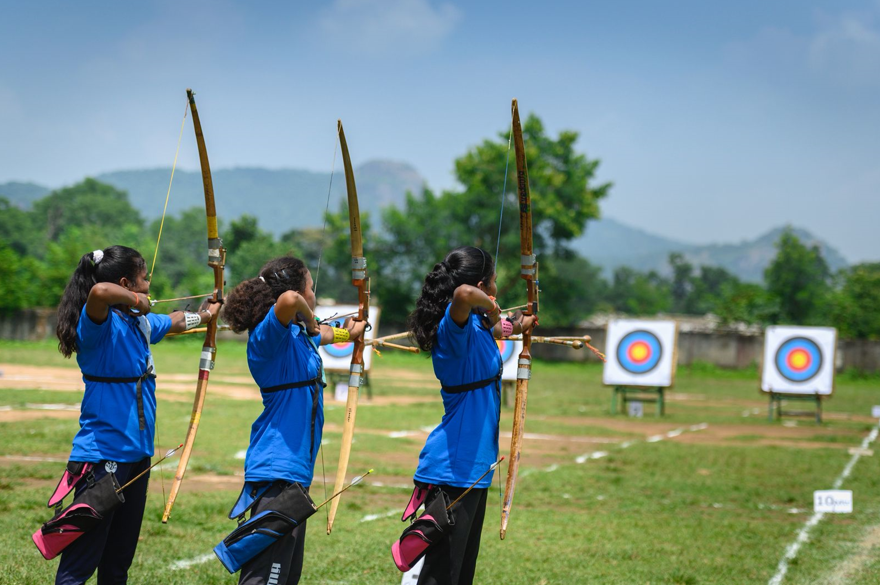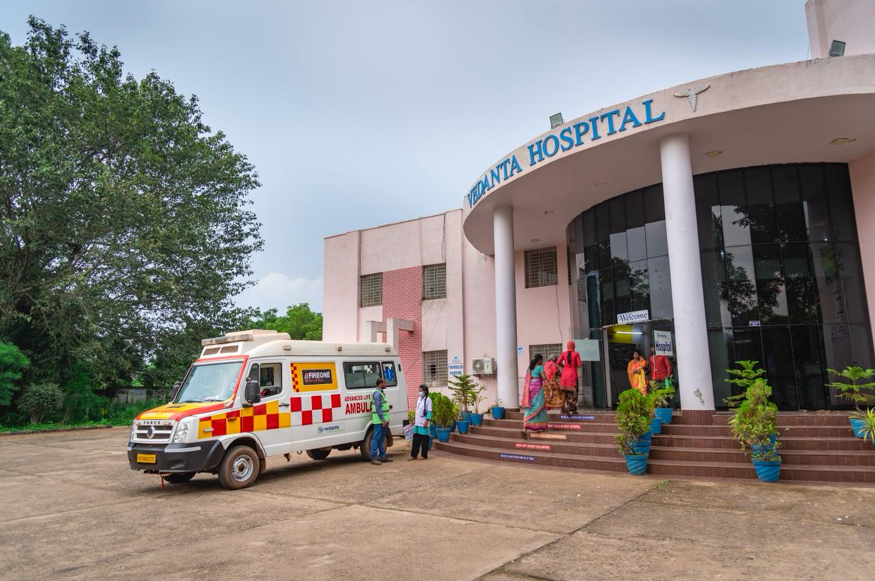Once symbolic of deprivation, Kalahandi has undergone a remarkable transformation: evolving from one of Odisha’s most underdeveloped districts into a thriving hub of inclusive rural development Back in 2001, Kalahandi’s contribution to Odisha’s Gross District Domestic Product (GDDP) was less than 1%, and the average per capita income barely touched ₹19,000. For decades, the district languished under the weight of subsistence agriculture, poor infrastructure, and chronic underinvestment in human development. But the tide began to turn with the establishment of Vedanta’s alumina refinery at Lanjigarh, which catalyzed a wave of social and economic change rooted in local empowerment and long-term vision.
While many tribal districts across India continue to struggle with low economic indicators, Kalahandi’s transformation driven by Vedanta tells a different story. Between 2003 and 2015, Kalahandi’s GDDP grew by over 16%, which is more than double Odisha’s state average of 6–8% over the same period. This acceleration is not a statistical anomaly, but the outcome of deliberate, community-rooted interventions brought in by industrialisation in the district. Today, Kalahandi stands as a national benchmark for how historically marginalized regions can leapfrog into prosperity when development is participatory, patient, and purposeful.
What makes this journey even more compelling is how it compares with other tribal-dominated districts across India that remain caught in the inertia of fragmented development. Under NITI Aayog’s Aspirational Districts Programme, Kalahandi ranks first in Odisha for Health & Nutrition with an improvement rate of 35.48%, and second in Education with a 45.72% growth rate. In contrast, Jamui in Bihar – the state’s best performing district in health, has grown at 18.76%, nearly half of Kalahandi’s pace. Singhbhum in Jharkhand has posted only an 18% overall growth, and Narayanpur in Chhattisgarh just 23.4%, with below average outcomes in education. Kalahandi’s cumulative growth rate of 30.83% clearly places it far ahead, not just in numbers, but in the comprehensiveness of its progress.
What sets Kalahandi apart is the consistency and integration of its development model. Where other tribal districts may have made sector-specific gains, for instance Jamui in health or Singhbhum in education – Kalahandi has advanced across all critical indicators, indicating a systems-level shift rather than isolated success. This is largely because development here has not been extractive but symbiotic. Industry has not replaced tribal identity but coexisted with it. Vedanta’s presence in the region has been defined as much by livelihood generation and health access as by infrastructure, job creation and economic stimulation.
The district’s health transformation offers a powerful illustration. Once vulnerable to seasonal outbreaks like malaria and bereft of reliable medical access, Kalahandi now boasts a functional rural healthcare ecosystem anchored by the Vedanta Hospital at Lanjigarh. Serving over 60,000 people annually, the hospital offers vital services from maternal care to emergency treatment. Mobile Health Units penetrate remote tribal villages, reaching another 20,000 residents with consultations and medicines. Crucially, consistent health awareness campaigns on nutrition, hygiene, and prenatal care have begun shifting behavioural norms, bringing lasting changes to communities long reliant on traditional medicine.
A similar renaissance is visible in education. The DAV Vedanta International School – Kalahandi’s first English-medium school, now educates over 1,300 students, 83% of whom belong to tribal and underserved communities. With smart classrooms, Mini Science Centres, and coaching for JEE and NEET, Vedanta’s educational interventions have become a launchpad for first-generation learners. In 2025, students scored as high as 96% and 97% in Xth and XIIth Board Exams, validating the district’s evolving academic culture, with tribal children from remote villages pursuing careers in engineering, medicine, and research.
Women, too, are emerging as economic stakeholders. Through Self-Help Groups formed under Vedanta’s Project Sakhi, nearly 5,000 tribal women are running micro-enterprises in areas like mushroom farming, marigold cultivation, and traditional arts such as Dhokra and Saura. Monthly incomes have seen a marked rise, averaging over ₹10,000, and with it, household decision-making power and social standing. Rural youth are choosing to stay in their villages, trained in vocations like tailoring, hospitality, and electrical work through Vedanta and NABARD-backed skilling programs. This has reversed years of distress migration and deepened economic resilience.
The Kalahandi model of development is one based on long-term partnership, exemplifying how corporates can transform the roadmap of success for various districts and communities. It shows that development in tribal regions need not mean assimilation or displacement. Instead, it can mean progress anchored in culture, equity, and dignity. The child who now attends school uninterrupted, the mother who receives prenatal care on time, the farmer who grows strawberries with the help of solar irrigation – these are the real markers of success. In Kalahandi, transformation is visible, measurable, and, above all, replicable. For every tribal district in India seeking a roadmap to inclusive growth, Kalahandi stands not as an exception, but as a guiding light.










